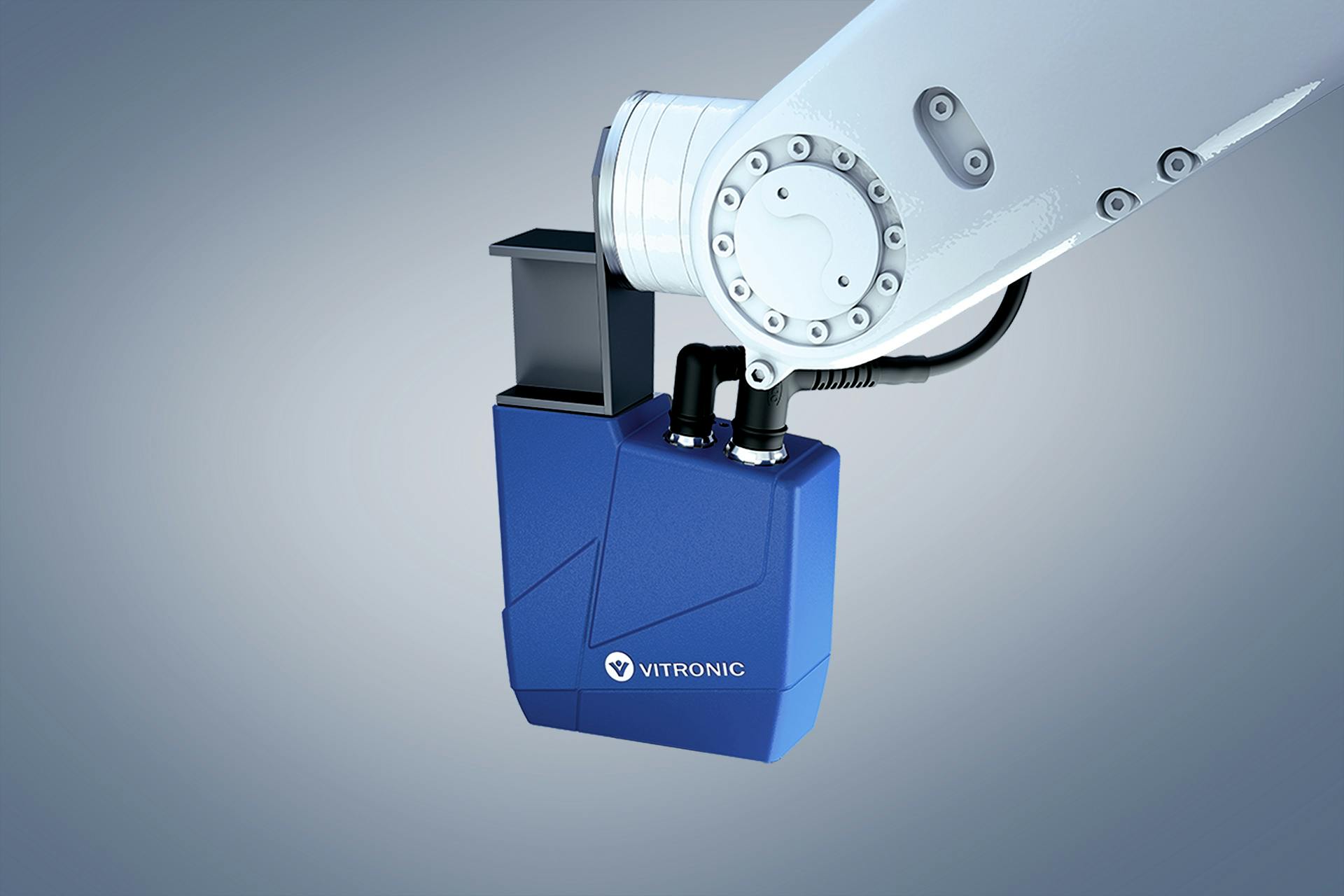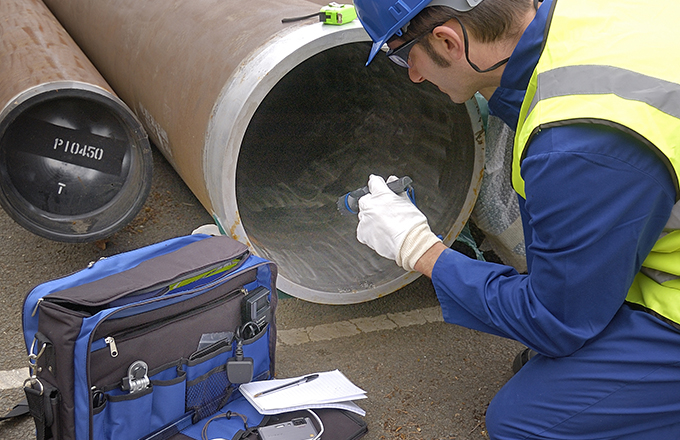A Comprehensive Checklist for Effective Welding Inspection Practices
In the realm of welding, the integrity of structures is paramount, necessitating a rigorous approach to inspection practices. A comprehensive list functions as an essential device in making certain adherence to sector requirements, including vital pre-welding, in-process, and post-welding assessments. By systematically addressing product confirmation, weld high quality, and extensive documentation, organizations can dramatically boost security and performance. What details elements should be focused on in each stage to attain optimal outcomes? Checking out these important elements can yield understandings that exceptionally influence welding procedures.
Understanding Welding Requirements
Welding requirements play a crucial function in ensuring the high quality and safety of welded parts and structures. These criteria establish the requirements for products, procedures, screening, and inspection, thus giving a framework for constant quality control in welding procedures. Numerous organizations, including the American Welding Culture (AWS), the International Company for Standardization (ISO), and the American Society of Mechanical Engineers (ASME), have actually developed extensive requirements that control different elements of welding.
Recognizing welding standards is necessary for specialists in the field, as adherence to these standards decreases the danger of problems and failings in welded joints. These criteria cover particular needs for weld high quality, consisting of acceptable resistances, the sort of welding strategies to be made use of, and the qualifications needed for examiners and welders.

Pre-Welding Evaluation Actions
Before any kind of welding process starts, an extensive pre-welding inspection is crucial to determine possible issues that might compromise the high quality of the weld. This initial step acts as a vital structure for guaranteeing conformity with applicable welding codes and requirements.
The very first step in the pre-welding assessment is to verify the materials being utilized. This consists of checking for the appropriate kind and quality of metals as specified in the job documents. Next, it is vital to evaluate the fit-up of the components to make sure correct placement and joint configuration. Misalignment can cause poor penetration and structural weaknesses.
Additionally, assessing the tidiness of the surface areas is crucial; impurities such as oil, paint, or corrosion can negatively impact the high quality of the weld. Following this, a complete analysis of the welding tools must be performed, making sure that it is adjusted and in great working condition.
Lastly, reviewing the qualifications of the welding personnel is important. Welders should possess the necessary certifications and experience to execute the details welds needed for the job. By adhering to these pre-welding inspection actions, the chance of flaws and failures in the final weld can be significantly lowered.

In-Process Assessment Techniques
In-process assessment methods play a vital role in making sure the integrity and top quality of welds as they are being implemented. These techniques enable inspectors to identify flaws or deviations from specs in actual time, thereby stopping pricey repair services and guaranteeing adherence to layout needs.
One key technique includes aesthetic examination, where assessors assess the weld bead for uniformity, penetration, and appropriate account. This can be enhanced by the use determines to measure weld dimensions, ensuring compliance with predetermined tolerances. Furthermore, the application of non-destructive testing (NDT) techniques, such as ultrasonic testing or magnetic bit testing, during the welding process can reveal subsurface defects that may not be visible externally.
Another important aspect is keeping track of welding specifications, including voltage, amperage, and travel speed. Uniformity in these criteria is essential for attaining optimum weld high quality. Documenting these specifications during the welding procedure gives a deducible record for future reference.
Training employees in correct assessment methods and the use of appropriate devices improves the efficiency of in-process inspections. By incorporating these techniques, organizations can achieve better welds, decrease rework, and ultimately next make certain the safety and security and dependability of welded frameworks.
Post-Welding High Quality Checks
Following the conclusion of welding operations, post-welding top quality checks are essential to verify that the welds meet all defined requirements and requirements. These checks are crucial for making sure the integrity and durability of the bonded joints. The inspection procedure usually starts with a visual exam, examining for surface area flaws such as cracks, porosity, or incomplete blend.
Consequently, non-destructive screening (NDT) methods, such as ultrasonic screening, radiographic testing, or magnetic bit screening, may be used to spot inner flaws that are not noticeable to the nude eye. Each method has its special advantages and is selected based upon the weld's location, product type, and the nature of the application.
Furthermore, verifying dimensional accuracy is a vital aspect of post-welding high quality checks. This entails measuring the weld's placement, profile, and size to guarantee conformity with design specifications. Evaluating the mechanical residential properties of the weld, consisting of tensile toughness and our website ductility, can give further assurance of performance under operational problems. Overall, comprehensive post-welding assessments are crucial for preserving adherence, efficiency, and safety and security to governing and sector requirements.
Documents and Coverage
How can efficient documentation and reporting improve the welding inspection procedure? Accurate paperwork and comprehensive coverage are vital elements that ensure the stability and top quality of welding operations. Welding Inspection Milwaukee. They function as a formal record of examination findings, assisting in accountability and traceability in compliance with sector standards

A well-structured reporting system allows assessors to plainly communicate any type of non-conformances, discrepancies, or areas requiring improvement. This transparency cultivates an environment of continual improvement, as stakeholders can conveniently examine previous efficiency and apply corrective actions.
Moreover, effective documentation includes thorough records such as welding procedure specs (WPS), welder certifications, and assessment lists. These aspects supply a structure for examining weld high quality and adherence to established guidelines. In case of conflicts or quality issues, comprehensive documentation works as a dependable reference, reducing ambiguity and protecting all events entailed.
Finally, preserving organized documents aids in training and accrediting personnel, ensuring that sector ideal methods are supported. Ultimately, thorough documents and reporting not only enhance the welding examination procedure but additionally add to the general safety and integrity of welded structures.

Final Thought
Finally, an extensive list for reliable welding evaluation methods is essential for ensuring high quality and security in bonded frameworks. Adherence published here to established welding standards, precise pre-welding examinations, strenuous in-process evaluations, and extensive post-welding top quality checks jointly add to the honesty of welded joints. Additionally, persistent paperwork and reporting of assessment searchings for boost liability and promote continual renovation. Implementing these practices will considerably aid in compliance with industry standards and ultimately foster a culture of quality in welding procedures.
Welding requirements play an important role in ensuring the top quality and security of welded frameworks and elements. Different organizations, consisting of the American Welding Society (AWS), the International Organization for Standardization (ISO), and the American Culture of Mechanical Engineers (ASME), have actually established extensive criteria that regulate different facets of welding.
Complying with the completion of welding procedures, post-welding quality checks are important to validate that the welds meet all specified demands and standards - Welding Inspection Milwaukee.In conclusion, a thorough list for reliable welding assessment practices is essential for guaranteeing top quality and security in bonded structures. Adherence to developed welding standards, careful pre-welding inspections, strenuous in-process assessments, and thorough post-welding high quality checks jointly contribute to the honesty of welded joints